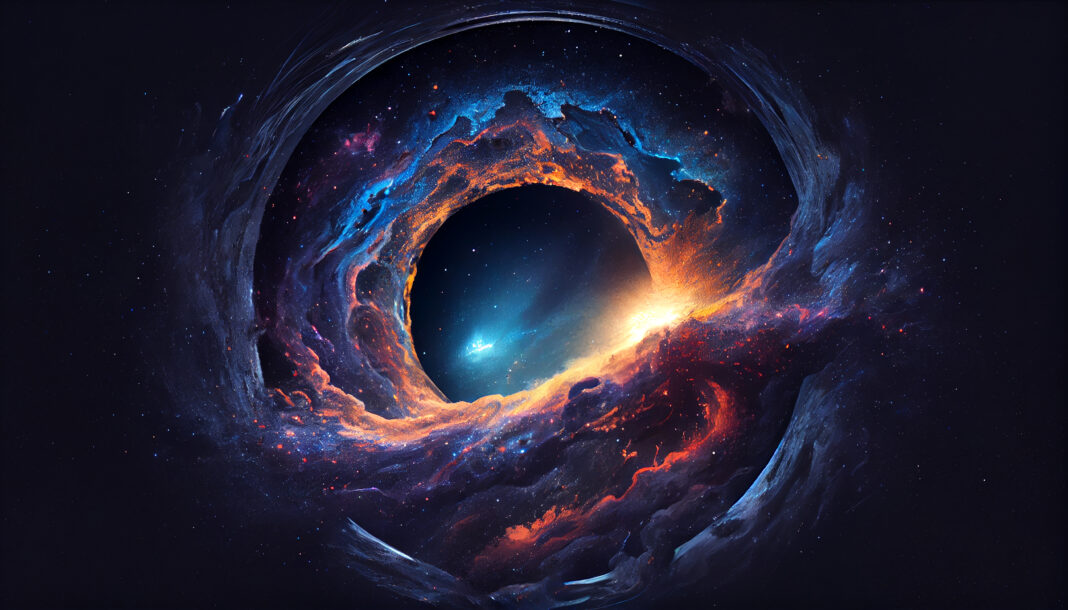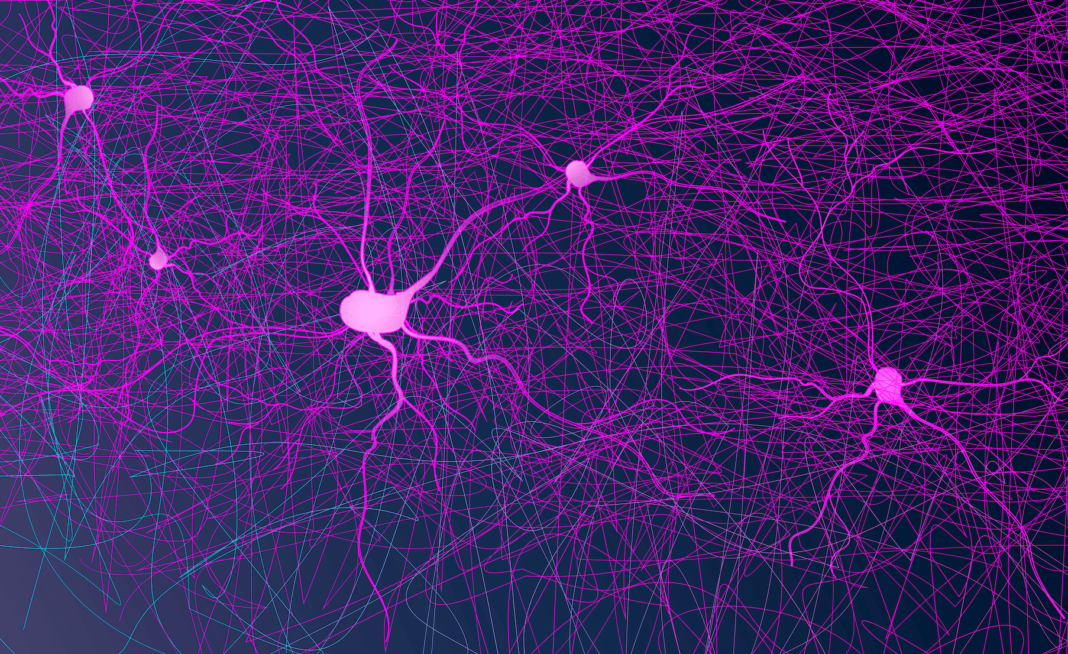A groundbreaking discovery in the realm of astrophysics has ignited excitement among scientists worldwide. Recent research, published in the Monthly Notices of the Royal Astronomical Society, suggests the presence of several black holes within the Hyades star cluster—our solar system’s nearest open cluster. If confirmed, these black holes would be the closest to Earth ever detected, shedding light on one of the universe’s most enigmatic phenomena.
The Mystery of Black Holes
Since their first sighting, black holes have captivated the imaginations of scientists and space enthusiasts alike. These cosmic enigmas have remained at the forefront of astronomical research, particularly the smaller black holes. Notably, small black holes have gained prominence due to their association with gravitational wave detections. Following the groundbreaking detection of gravitational waves in 2015, numerous events involving the merger of low-mass black hole pairs have been observed.
Simulating the Hyades Star Cluster
To unravel the potential presence of black holes within the Hyades, a team of astrophysicists employed advanced simulations. These simulations meticulously tracked the motion and evolutionary pathways of all stars within the Hyades—a cluster situated approximately 150 light-years away from our Sun.
Open clusters like the Hyades consist of loosely bound groups of stars that share common characteristics such as age and chemical composition. The simulation results were then meticulously compared to precise observational data obtained from the European Space Agency’s Gaia satellite.
Stefano Torniamenti, postdoctoral researcher at the University of Padua and lead author of the study, explained, “Our simulations align with the mass and size of the Hyades only if black holes are present at the cluster’s center today or in the recent past.”
The simulations indicate that the Hyades cluster’s observed characteristics can best be replicated with the presence of two or three black holes at its core. Even scenarios where the black holes were expelled within the last 150 million years, roughly a quarter of the cluster’s age, still yield a compelling match.
Proximity of Hyades-Born Black Holes
The newfound findings suggest that black holes born within the Hyades cluster remain within or extremely close to the cluster itself. This positions them as the nearest black holes to our Sun, surpassing the prior candidate, black hole Gaia BH1, which resides at a distance of 480 parsecs from the Sun.
The advent of the Gaia space telescope has revolutionized the study of open cluster stars. For the first time, researchers can meticulously examine the positions and velocities of these stars, confidently identifying individual stars. This breakthrough observation provides valuable insights into how black holes influence star cluster evolution and contribute to gravitational wave sources, while also shedding light on their distribution throughout the galaxy.
This groundbreaking study was made possible through collaboration among esteemed institutions, including the University of Padova, ICCUBB-IEEC, the University of Cambridge, the European Southern Observatory (ESO), and the National Sun Yat-sen University.
1. What Happens to Time in a Black Hole?
Inside the intense gravitational pull of a black hole, a phenomenon known as time dilation occurs. This means that time itself behaves differently in the vicinity of a black hole compared to regions of lower gravity, such as Earth. As an object gets closer to the black hole’s event horizon—the point of no return—time slows down relative to an observer far away from the black hole.
This effect, predicted by Albert Einstein’s theory of general relativity, results from the extreme warping of spacetime around the black hole. Time dilation becomes increasingly pronounced the closer one gets to the event horizon, and at this boundary, time essentially comes to a standstill from an outside perspective.
2. Does Time Stop in a Black Hole?
While time dilation near a black hole’s event horizon causes time to slow down dramatically, it doesn’t actually stop. From an outside observer’s point of view, it may appear that time has stopped as objects near the event horizon become increasingly redshifted and appear to freeze in time. However, for any object falling into the black hole, time continues to progress from its own perspective.
As an object crosses the event horizon and moves deeper into the black hole, it eventually reaches the singularity—a point of infinite density at the black hole’s core. At this point, the gravitational forces become so extreme that the laws of physics as we understand them break down, and our current theories cannot accurately describe what happens to time.
3. What Is the Closest Black Hole to Earth?
The closest known black hole to Earth is a candidate black hole called “Gaia BH1.” It’s estimated to be located at a distance of approximately 480 parsecs from our solar system. This black hole was identified using data from the Gaia space telescope, which has revolutionized our understanding of the positions and motions of celestial objects.
However, recent research, as mentioned in the article, suggests the possibility of even closer black holes within the Hyades star cluster, making them potential contenders for the title of the closest black holes to Earth. Further studies are required to confirm their existence and proximity definitively.
4. Who Has Gone Inside a Black Hole?
As of current scientific knowledge, no one has ever gone inside a black hole, nor is it possible with our current understanding of physics. Black holes are incredibly hostile environments with intense gravitational forces that would tear apart any matter that enters them.
Theoretical physics and mathematical models suggest that objects falling into a black hole would experience extreme tidal forces and be stretched to the point of being “spaghettified” before reaching the singularity. Furthermore, the extreme conditions near the singularity are beyond our current understanding of the laws of physics, making it impossible to predict what might happen to anything that ventures that close.
In summary, while black holes remain fascinating objects of study, they are far too perilous for any form of exploration by humans or spacecraft with our current technology and scientific knowledge.











